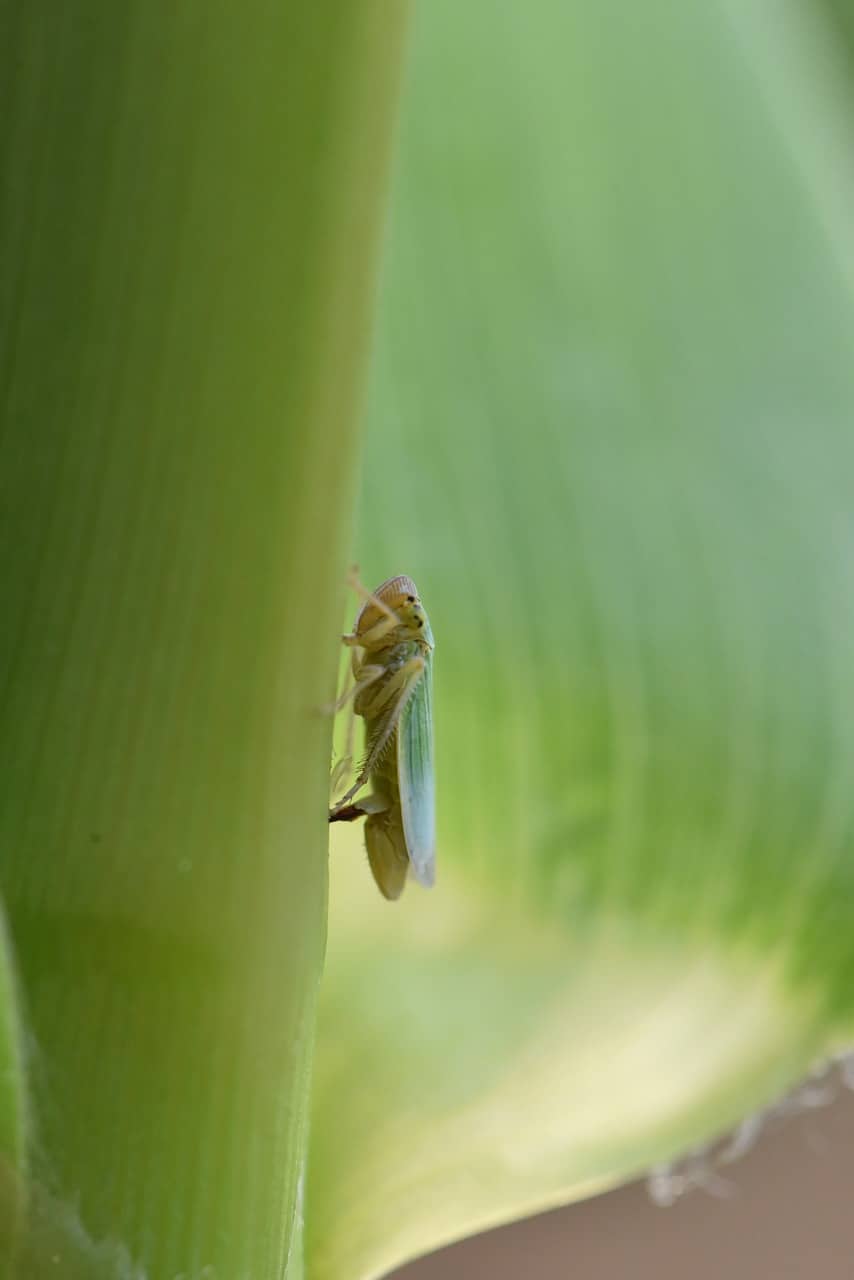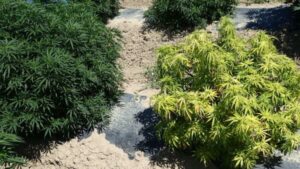Research in Brazil could control corn leafhopper with a non-chemical weapon.
The corn leafhopper, Dalbulus maidis, is a significant problem for farmers across the Americas, from the southern United States to northern Argentina. In Brazil, it exclusively targets corn plants, and its survival mechanisms without these hosts are not well understood. The insect damages corn by sucking sap from the phloem, the vascular tissue responsible for transporting sugars and other metabolic products from the leaves.
However, the leafhopper’s impact extends beyond direct damage. It also spreads pathogens (bacteria and viruses) that can stunt plant growth and potentially destroy entire crops. To combat this pest, farmers typically use pesticides or biological control agents to reduce the insect population and prevent the spread of pathogens to new plant hosts. While chemical insecticides are commonly used, they can have negative side effects, making biological control an increasingly popular alternative.
A recent news release from the São Paulo Research Foundation hailed a biological control agent to potentially protect the corn from pest – the fungus Cordyceps javanica (formerly known as Isaria fumosorosea or Cordyceps fumosorosea), found in some commercially available bioinsecticides. The way the fungus controls sap-sucking insects was unclear until a recent study at the São Paulo Advanced Research Center for Biological Control (SPARCBio), established by FAPESP and Koppert Biological Systems at the University of São Paulo’s Luiz de Queiroz College of Agriculture (ESALQ-USP).
The study was led by agronomist Nathalie Maluta, a researcher at SPARCBio and Koppert Brazil, and published in the journal Scientific Reports. Co-authors are Thiago Rodrigues de Castro, head of research and development at Koppert Brazil, and João Roberto Spotti Lopes, a professor at ESALQ-USP.
“Our study showed that the fungus begins affecting the insect’s behavior two days after the crop is sprayed with bioinsecticide, reducing its activity in terms of both feeding on phloem sap and transmitting plant pathogens,” Maluta told Agência FAPESP.
Maluta employed electrical penetration graphing (EPG) to measure the insect’s feeding activity, a technique analogous to an electrocardiogram. A specimen of D. maidis was connected to an electrode, and the activity of its stylet was recorded as it probed the plant’s tissue.
“EPG generates waveforms for voltage level, frequency, and amplitude, which can be correlated with the insect’s biological activities, enabling the researcher to observe in real time what it’s doing or what’s happening to it, including the effects of the bioinsecticide on its sucking or pathogen transmission activity,” Maluta said in the release.
Researchers spray the bioinsecticide containing the fungus onto the plant to form a protective film. Insects that arrive later come into contact with this film, and the fungus penetrates their bodies, eventually leading to their demise. However, the fungus begins affecting their behavior, including how they feed, well before that.
“The action of C. javanica is entirely specific and does not constitute a hazard for human or animal consumption – so much so that its use is permitted on organic crops,” Maluta explained in the release. “This fungus is natural and exists in the wild. It wasn’t made in the laboratory by genetic manipulation.”
Maluta explained that D. maidis has been spreading rapidly due to climate change, large-scale monoculture expansion, and improper use of management tools such as chemical control.
“Application of chemical insecticides without prior monitoring, and without knowing whether control measures are required, leads to the selection of resistant individuals. Eventually, no control instruments work any longer. Management strategies need to change radically,” she said.
The corn leafhopper has long affected corn crops, but its population has exploded in recent years, partly due to shorter crop cycles and the introduction of winter crops, which provide a constant food source for the insects.
Read the full research article at https://www.nature.com/articles/s41598-023-48779-x.













